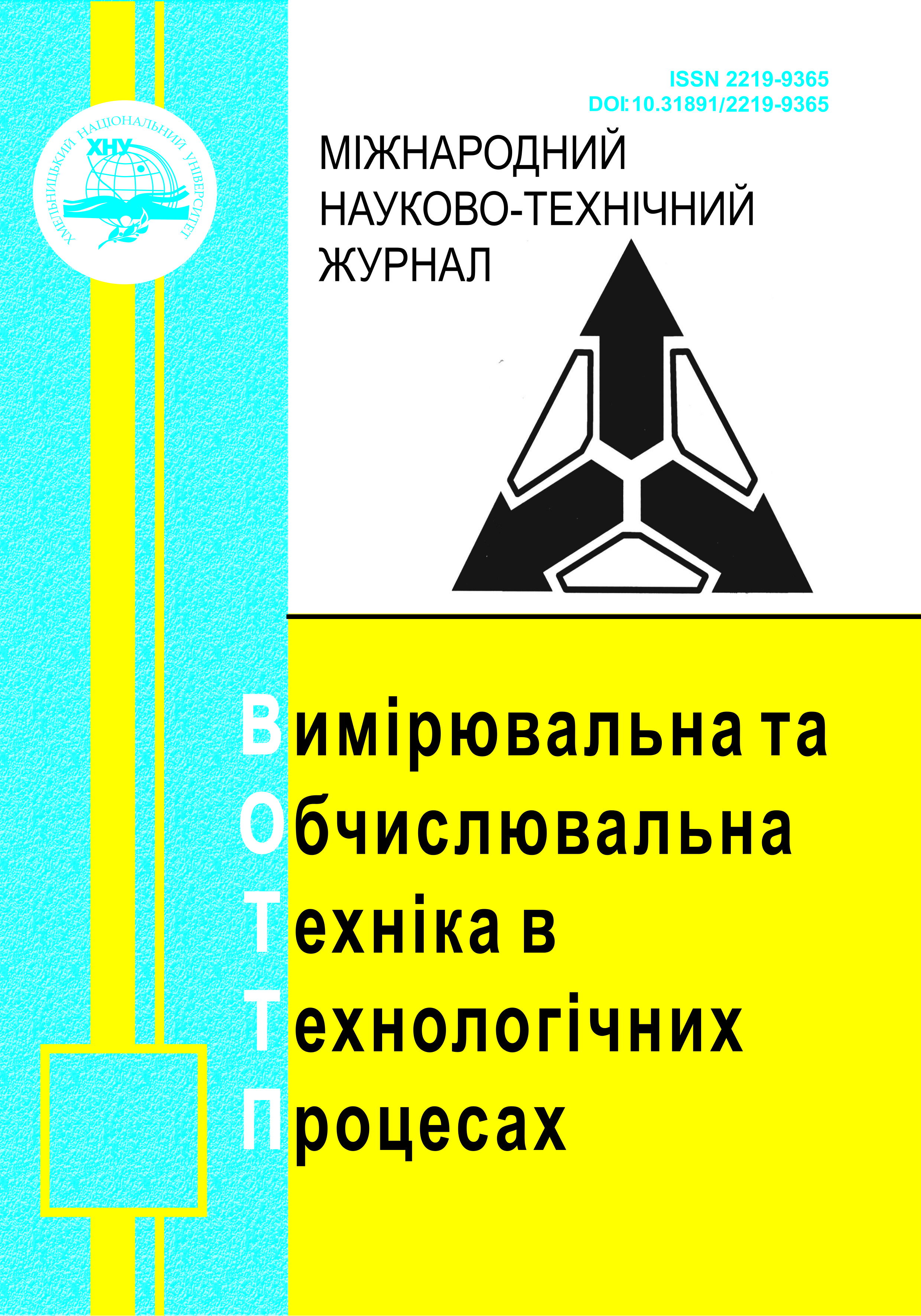QA STRATEGY FOR CROSS-PLATFORM MOBILE APPLICATIONS BASED ON FLUTTER AND REACT NATIVE
DOI:
https://doi.org/10.31891/2219-9365-2025-81-41Keywords:
mobile applications, testing, automation, UX, fragmentation, performance, security, CI/CD, telemetry, AI/MLAbstract
This article provides an in-depth exploration of the primary challenges and critical issues encountered by development teams in the process of mobile application testing. Mobile apps, due to their deployment across a wide variety of devices and operating systems, present a unique set of testing hurdles that require comprehensive and adaptive strategies. The study places particular emphasis on device and OS fragmentation, highlighting the complexities associated with ensuring consistent performance and appearance across different screen sizes, hardware specifications, and software environments. Furthermore, the research addresses the difficulties of test automation in mobile contexts, where tools must adapt to frequent OS updates, non-standard device behavior, and varying UI components.
UX/UI testing is covered in detail, stressing the importance of user experience consistency and accessibility. Performance limitations, especially under load or constrained network conditions, are analyzed using real-world benchmarks. Security testing is another focal point, considering the rising threats to mobile data integrity, authentication, and privacy.
The article presents a structured analysis of popular mobile testing frameworks (e.g., Appium, Flutter Driver, Detox), and evaluates their effectiveness in handling test coverage and integration with CI/CD pipelines. It further examines network and hardware factors that can affect application stability, with insights into stress testing, crash log analysis, and architectural review processes. Advanced methods, including the use of artificial intelligence for intelligent test case prioritization and anomaly detection, are discussed.
The article includes illustrative comparative tables, graphical charts, and annotated code examples that demonstrate real-world applications of the described techniques. Results from practical integration of mobile test suites into automated DevOps workflows are also included. Overall, the paper offers actionable conclusions and recommendations that are valuable to both software developers and QA engineers working in the mobile application domain.
Downloads
Published
How to Cite
Issue
Section
License
Copyright (c) 2025 Ярослав САВЧЕНКО, Сергій ЛЕВЧЕНКО, Роман ЯРОВИЙ

This work is licensed under a Creative Commons Attribution 4.0 International License.

